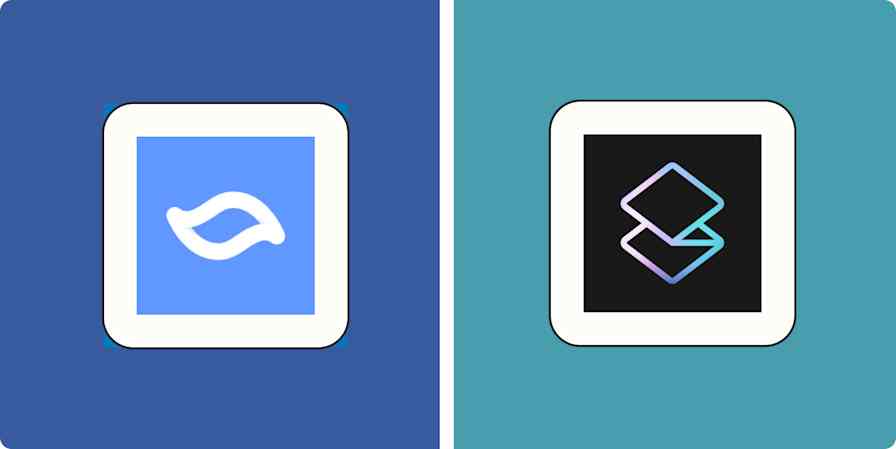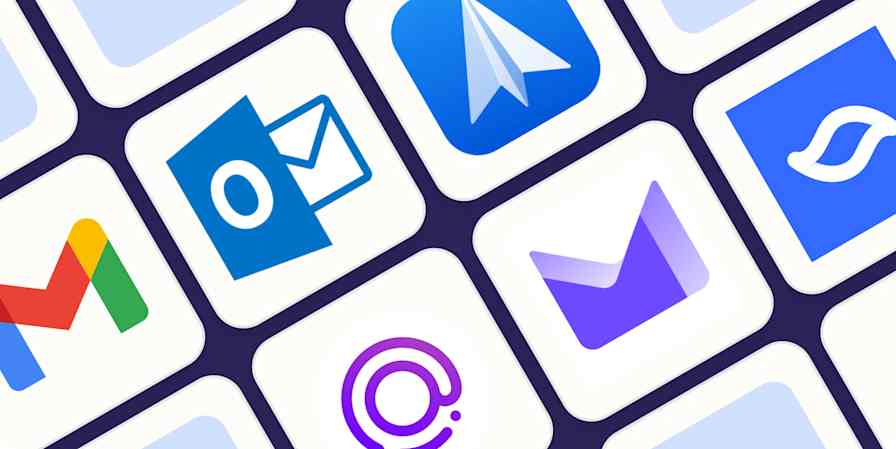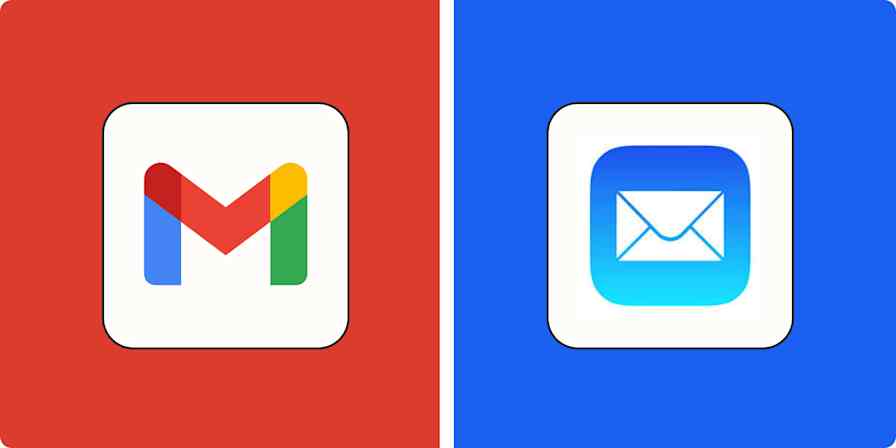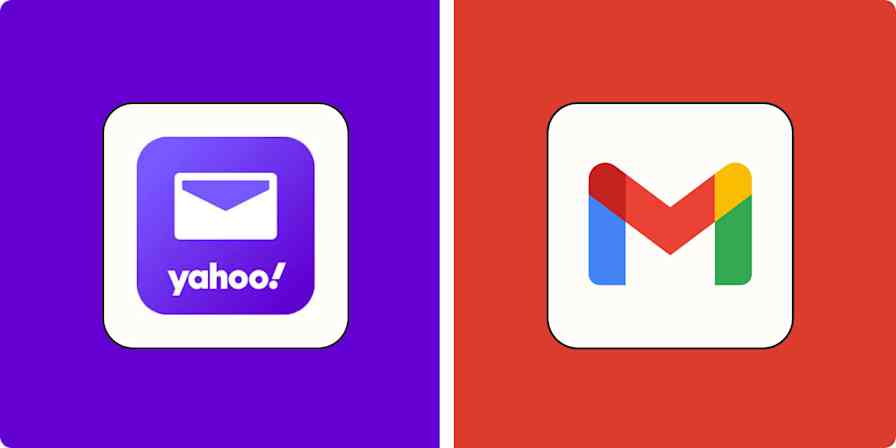App comparisons
8 min readOutlook vs. Gmail: Which platform is best? [2025]
By Shea Stevens · February 10, 2025
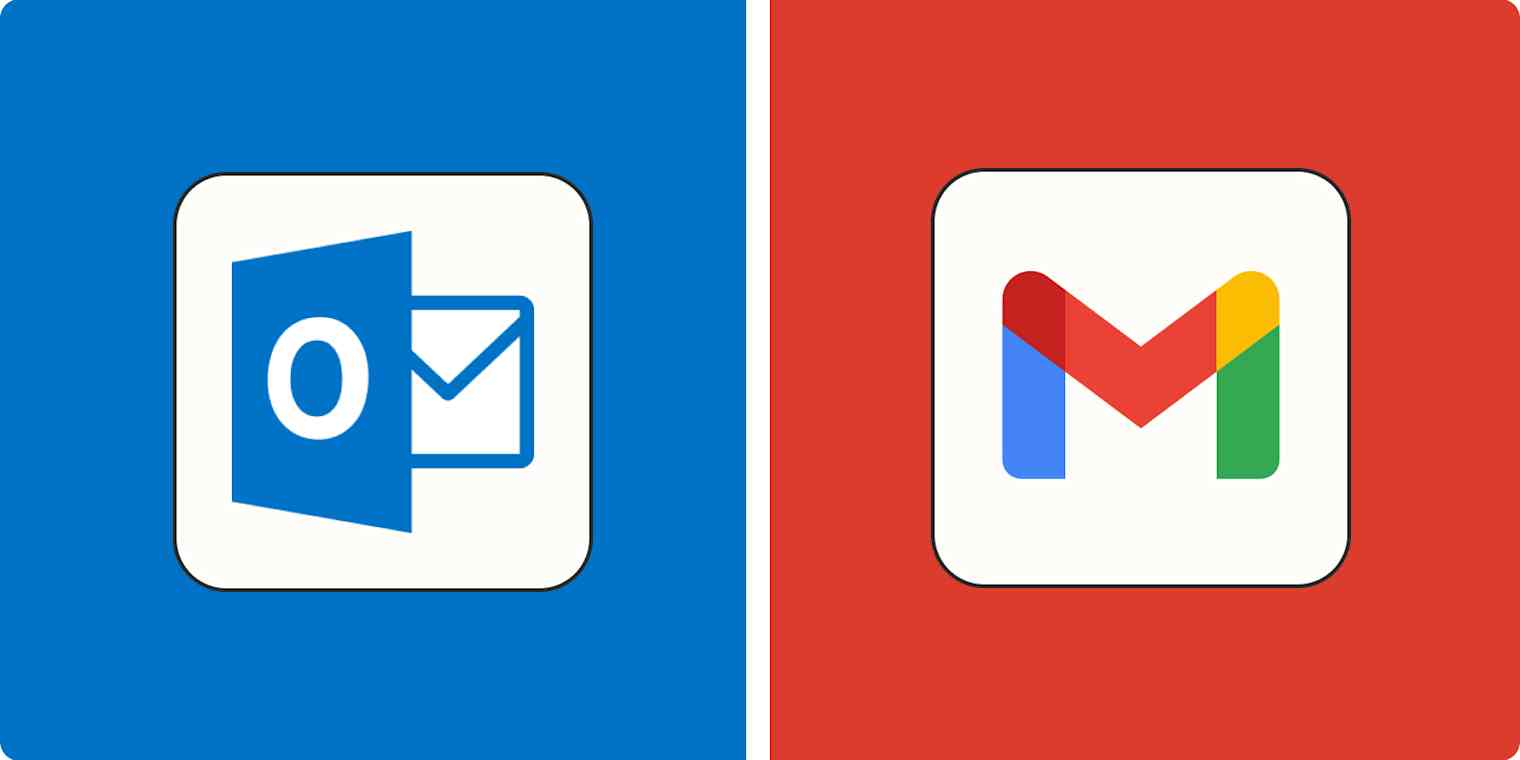
Get productivity tips delivered straight to your inbox
We’ll email you 1-3 times per week—and never share your information.
mentioned apps
Related articles
Improve your productivity automatically. Use Zapier to get your apps working together.



